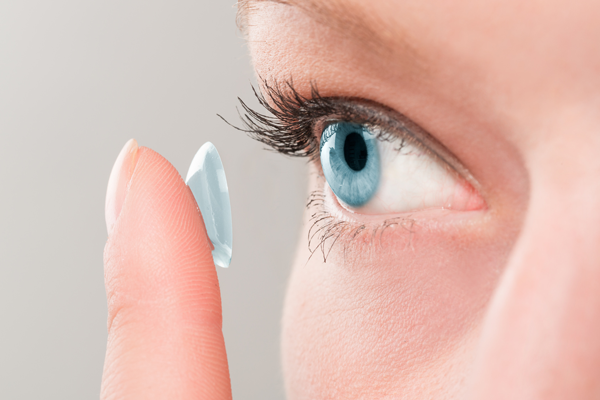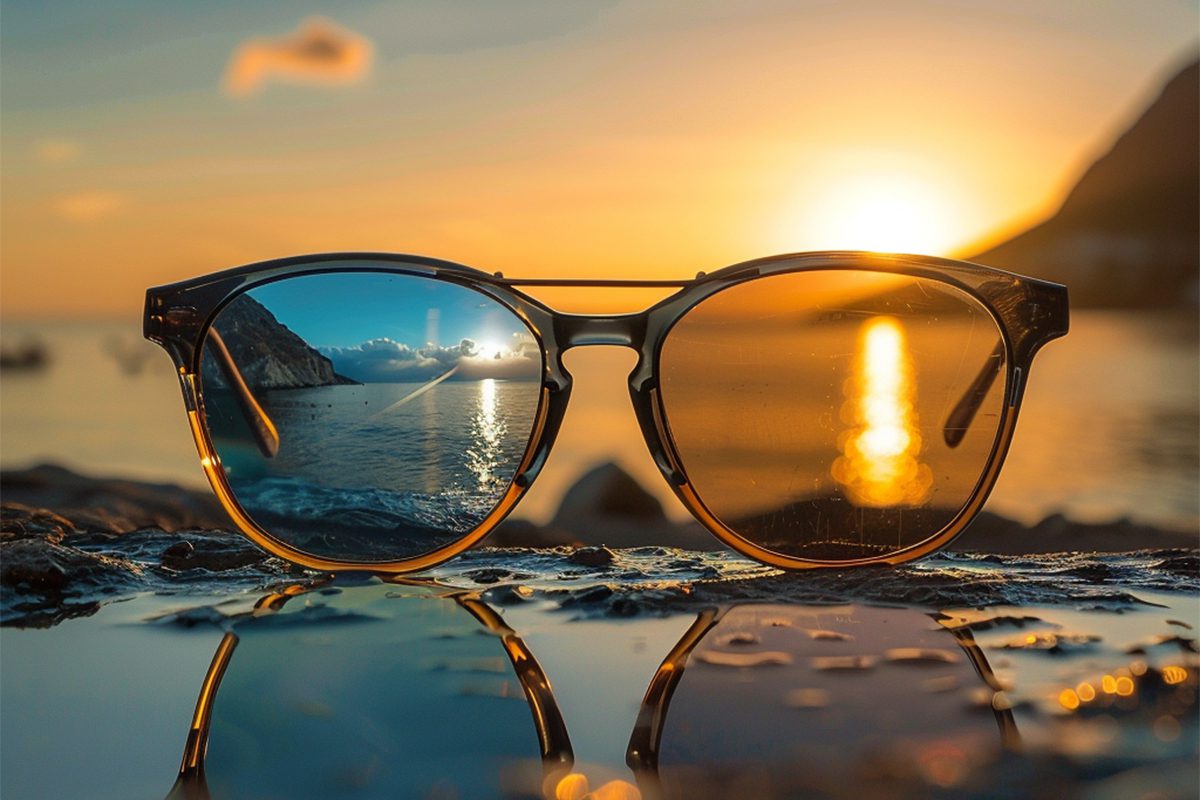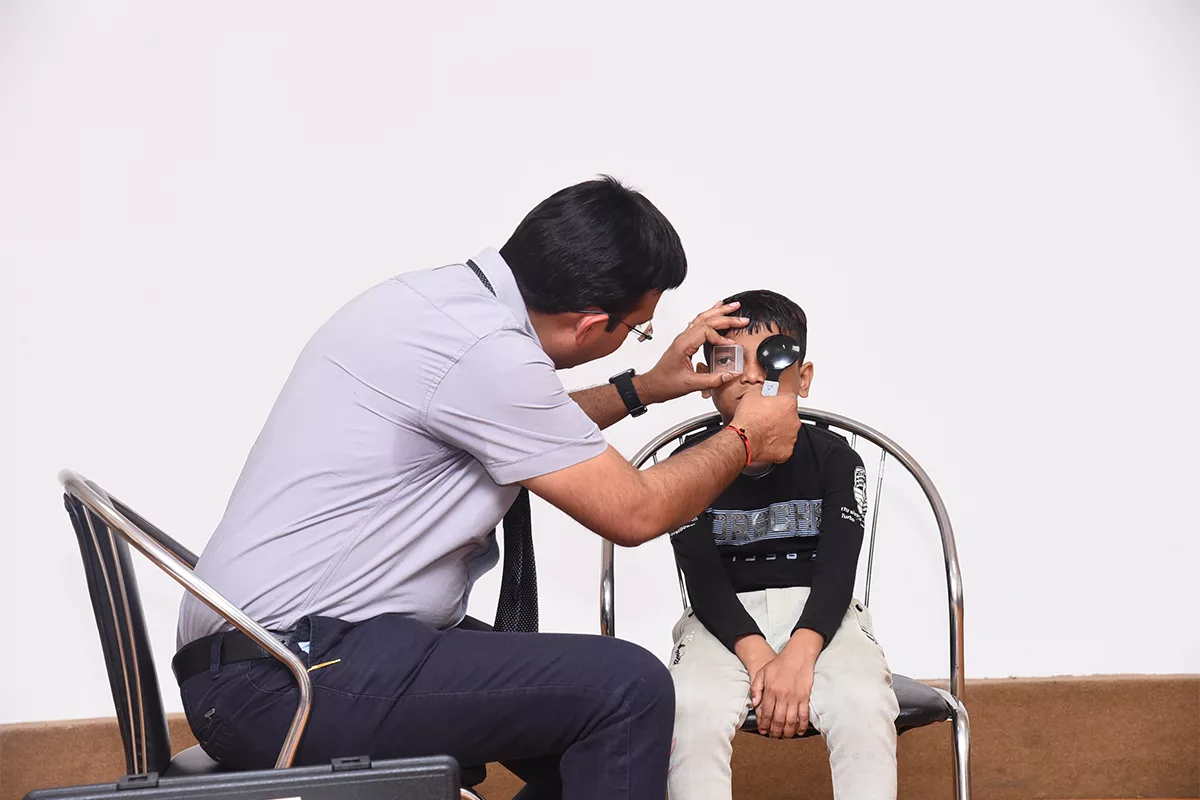The importance of HVID (Horizontal visual diameter) is overlooked by many optometrists. Here, Dr. Andrew J Biondo, an optometry specialist explains the problems associated with it and how wearing correct lens size can be the perfect solution…
 According to Dr. Biondo, many a times, there is irritation and one tries to avoid wearing soft lenses for a longer time, mostly because of an improper fit. And the reason behind the same, gets overlooked, until now.
According to Dr. Biondo, many a times, there is irritation and one tries to avoid wearing soft lenses for a longer time, mostly because of an improper fit. And the reason behind the same, gets overlooked, until now.
Proper fitting of a soft lens relies on the matching of sagittal depth of the eye with the lens. The main factor is the corneal diameter that determines the sag of the cornea, another factor is the curvature but not as important.
Large corneal diameters result in larger corneal sags, and vice versa. Measuring corneal diameter, typically through the measurement of horizontal visible iris diameter (HVID), can give the fitter a reliable indication of corneal sag. Hence, making it a proper fit and facilitating proper seating and proper centration and movement.
A large cornea fit with a ‘standard’ disposable soft lens will not seat properly due to the contact’s insufficient sagittal depth. This causes ‘loose lens syndrome’ when the contact will show excessive movement with the blink leading to mechanical irritation of the cornea and palpebral conjuctiva with hyperemia.
On the other hand, a small cornea fit with an average disposable lens can result in ‘tight lens syndrome.’ The contact will have excessive sag as compared to the smaller cornea and therefore form a tight fit that can reduce movement and inhibit tear exchange.
 This leads to hypoxia that results in reduced wear time, often misdiagnosed as contact lens related dryness. Again, using an appropriate contact lens diameter, smaller in this case would alleviate symptoms and increase comfortable wear time.
This leads to hypoxia that results in reduced wear time, often misdiagnosed as contact lens related dryness. Again, using an appropriate contact lens diameter, smaller in this case would alleviate symptoms and increase comfortable wear time.
CL manufacturers determine the base curve and diameter of their lenses based on the average HVID of 11.8. The unfortunate reality is that that 27 percent of patients have an HVID that falls outside the normal range of 11.3 to 12.3 millimeters (Pacific University Study on Corneal Diameter). This is one out every four patients we see – a quarter of the population.
These patients are often treated for conditions they don’t have, simply because all corneas aren’t created equal. While a ‘one size fits all’ contact is convenient, it overlooks this large subset of our patients. It may also contribute to the steady dropout rate we have seen over the past 25 years, despite the huge strides in contact lens design, breathability and moisture retention.
To combat this issue, Dr. Biondo recommends Xcel Specialty Contacts released Extreme H2O Daily and Extreme H2O Weekly which are available in three diameters: 13.6, 14.2 and 14.8 mm.












